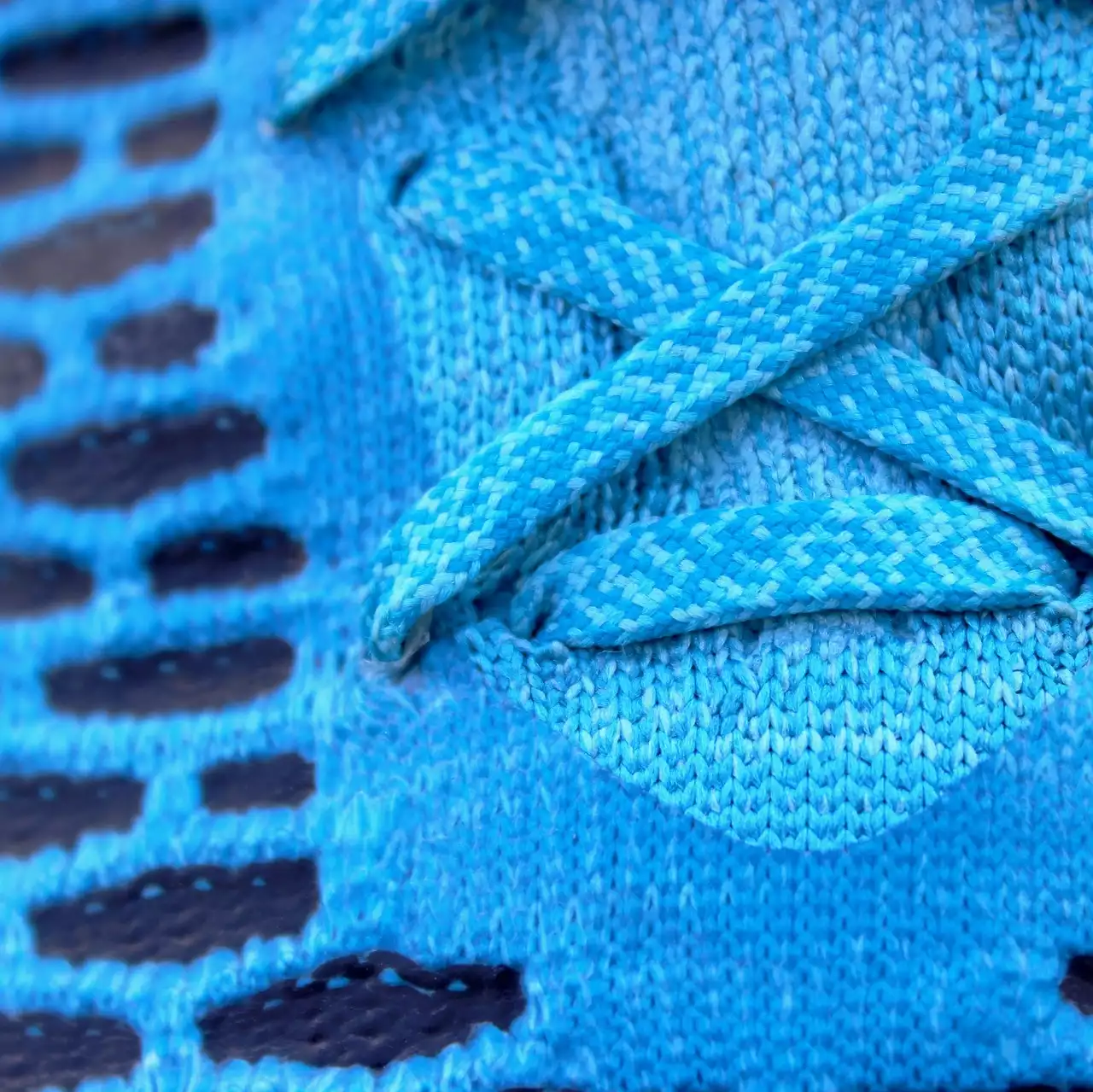The Origin of the Rugby Ball
The earliest rugby balls were made from pig's bladders that were covered in leather and filled with feathers. These balls were used in the first rugby match in 1823 and were incredibly difficult to kick and handle. The material leather was also prone to stretching and tearing, which made the ball difficult to control. This led to the introduction of the rubber bladder in the late 1800s, which was much easier to kick and handle. This rubber bladder was then covered in leather, and the design of the rugby ball has remained largely unchanged since then.
The earliest rugby balls were also much smaller than modern-day rugby balls, measuring just 20-25 cm in diameter. This made them difficult to kick and handle, and it was not until the 1930s that the size of the ball was increased to its current size of 28 cm in diameter. This increased size made the ball much easier to kick and handle, and led to a much faster and more dynamic game.
The Evolution of the Rugby Ball
The rugby ball has undergone many changes since its first introduction in 1823. The materials used to make the ball have evolved significantly over the years, as have the design and technology used to create the ball.
The materials used in the rugby ball have changed dramatically over the years. The early rugby balls were made from leather, which was prone to stretching and tearing. This led to the introduction of the rubber bladder in the late 1800s, which made the ball much easier to kick and handle. This rubber bladder was then covered in leather, and the design of the rugby ball has remained largely unchanged since then.
Modern-day rugby balls are made from a variety of materials, including synthetic rubber, foam rubber, and synthetic leather. These materials are much more durable than leather and are less prone to stretching and tearing. They also provide a softer feel and improved grip, making them much easier to kick and handle.
The design of the rugby ball has also changed significantly over the years. The first rugby balls were very basic in design, with just a leather covering and a rubber bladder inside. Modern-day rugby balls are designed with a variety of features, including a textured surface for improved grip, an inner lining for improved aerodynamics, and an improved shape for increased accuracy.
The technology used to create the rugby ball has also evolved significantly over the years. Early rugby balls were created by hand, but modern-day rugby balls are produced using advanced manufacturing techniques. This has allowed for high-quality balls to be produced quickly and efficiently and has made the balls much more consistent in terms of shape and size.
The Design of the Rugby Ball
The design of the rugby ball has also changed significantly over the years. The first rugby balls were very basic in design, with just a leather covering and a rubber bladder inside. Modern-day rugby balls are designed with a variety of features, including a textured surface for improved grip, an inner lining for improved aerodynamics, and an improved shape for increased accuracy.
The shape of the rugby ball is also important, as it affects the way it travels through the air. Rugby balls are typically oval-shaped, as this shape allows for better aerodynamics and improved accuracy when kicking and passing. The size of the rugby ball is also important, as larger balls are easier to kick and handle than smaller balls.
The technology used to create the rugby ball is also important. Early rugby balls were created by hand, but modern-day rugby balls are produced using advanced manufacturing techniques. This has allowed for high-quality balls to be produced quickly and efficiently and has made the balls much more consistent in terms of shape and size.
The Role of the Rugby Ball
The rugby ball has become an essential part of the game since the first rugby match was played in 1823. It is used to score points, move the ball up and down the field, and control the pace of the game. It is an integral part of the game, and its evolution has allowed for a faster, more dynamic game.
The rugby ball has become an iconic symbol of the game of rugby and is a symbol of strength and endurance. It is an object of pride for players and fans alike and is an important part of the culture and history of the game. It is a symbol of the hard work and dedication of the players and is a reminder of the history of the game.
The Impact of the Rugby Ball
The evolution of the rugby ball has had a profound impact on the game of rugby. The material of the ball affects the way it bounces, the way it handles, and the way it travels through the air. It also affects the gn of the ball also affects the way it travels through the air, and the technology used to create the ball has allowed for high-quality balls to be produced quickly and efficiently.
The impact of the rugby ball on the game of rugby cannot be overstated. It has allowed for a faster, more dynamic game, and has allowed players to perform at their best. It is an essential part of the game, and its evolution has allowed the game to progress and evolve over the years.
The Future of the Rugby Ball
The future of the rugby ball is exciting, as new materials and technologies are being developed and implemented in the design of the ball. The materials used to make the ball are becoming more durable and lightweight, and the technology used to create the ball is becoming more advanced. This has allowed for a more consistent ball and has allowed for improved aerodynamics and accuracy.
The design of the rugby ball is also changing, with new shapes and sizes being developed to suit the needs of different players. This has led to the introduction of specialist balls for different positions, such as the ‘drop’ ball for scrum halves, and the ‘kicking’ ball for kickers.
The future of the rugby ball is an exciting one, and it will continue to evolve and adapt to the changing needs of the game. The rugby ball is an iconic symbol of the game of rugby, and its evolution has allowed the game to progress and evolve over the years.










